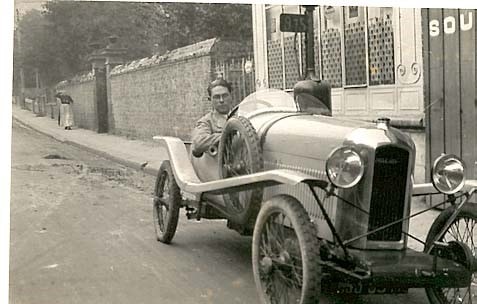
Charles Artus
Student of Edouard Navellier (1865-1944), Artus presented his first animal study, Étude d’un borzoi (study of a borzoi), at the 1920 Fall Salon, and at the Salon of French Artists in 1921, he presented Oie endormie (Sleeping goose). Soon after, he left the atelier of Navellier, who was too realist for his tastes, and whose influence is hardly apparent in Artus’s work. He joined instead the atelier of François Pompon (1855-1933), whose smooth style which favored volume over realism, better-suited the Artus’s temperament. Artus would stay loyal to this style all his life. In 1931, he was one of the twelve animal-sculptors who grouped around Pompon, with whom he exhibited work at the Salon des Animaliers organized by Ruhlmann. Like many animal-sculptors of his era, Artus would become very popular during the interwar period, when Art Deco surged in popularity. In 1920, Artus built himself an atelier at the back of the villa Bligny in Étretat, which was a family house that he retired to after World War II and exhibited his works.
He was a specialist of bird sculptures, whose form lends itself particularly well to stylization, and he participated in many salons, like the Salon des Animaliers, the Salon of Independents, the Autumn Salons of 1920 through 1935, and the Salon of French Artists from 1921 to 1927, where he won an honorable mention in 1922 and a bronze medal in 1926.



